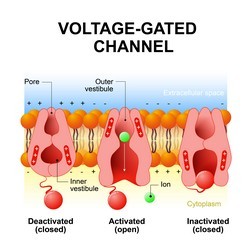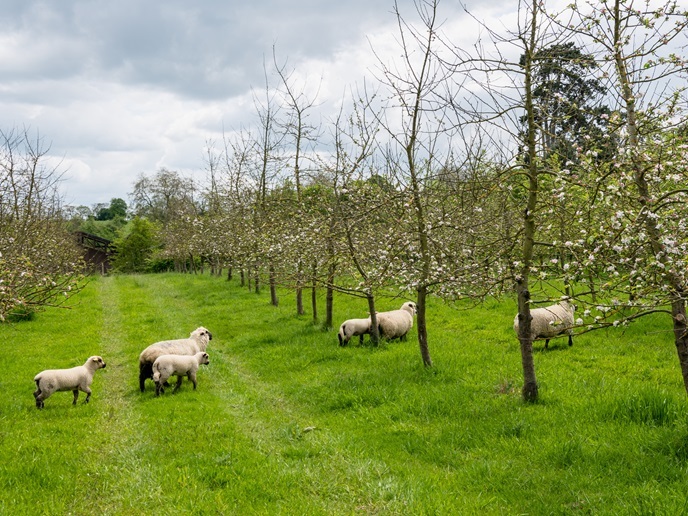Potassium channel proteins synthesised
Plants acquire and transport potassium (K+), a vital mineral, using structures called voltage-gated K+ channels. There are three different types of K+ channels: Kin, Kout and Kweak. Kin mediate K+ uptake, Kout channels mediate K+ outflow, and Kweak channels either mediate uptake or transport in both directions. Although these channels are structurally very similar, their functions are divergent, or even opposing. The EU-funded REGOPOC (Regulation of plant potassium channels) project set out to identify the molecular basis behind the functional diversity of voltage-gated K+ channels. To do this, researchers first modelled the structure and function of these channels in silico. This enabled them to identify which domains of the different channel proteins could be swapped without affecting function. Researchers were then able to synthesise a Kin-Kout channel pair that still exhibits their original functions but share > 90 % similarity at protein level. This channel pair can be used to study the gating process of K+ channels. This combined modelling and experimental study is a novel approach to understanding the structure and function of K+ channels. Studies like this lay the foundation for scientists to optimise potassium absorption and distribution in plants exposed to particular environmental conditions.







